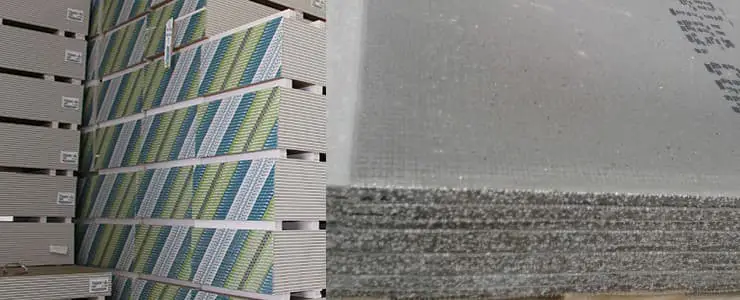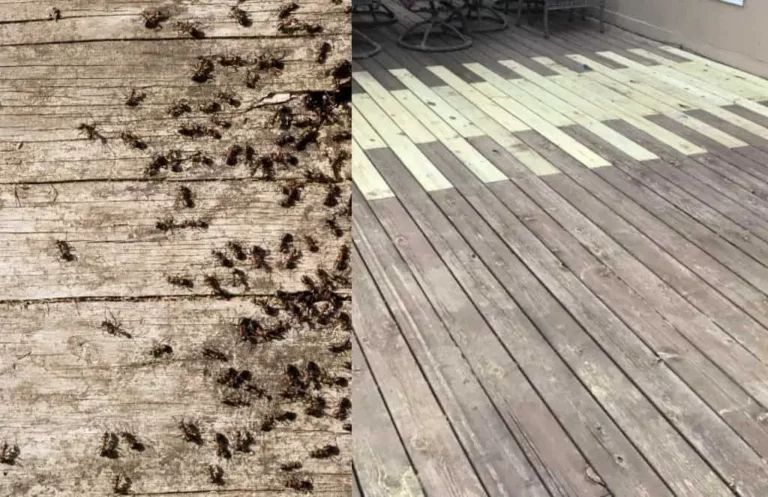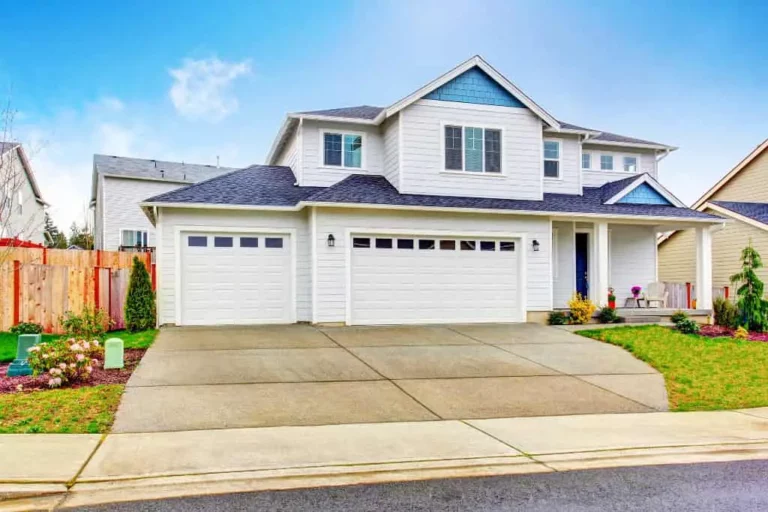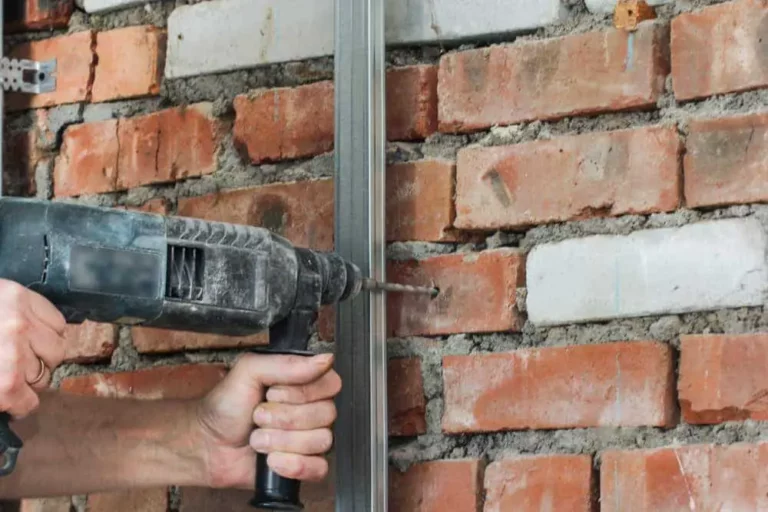How To Stop Concrete Cracking In Hot Weather
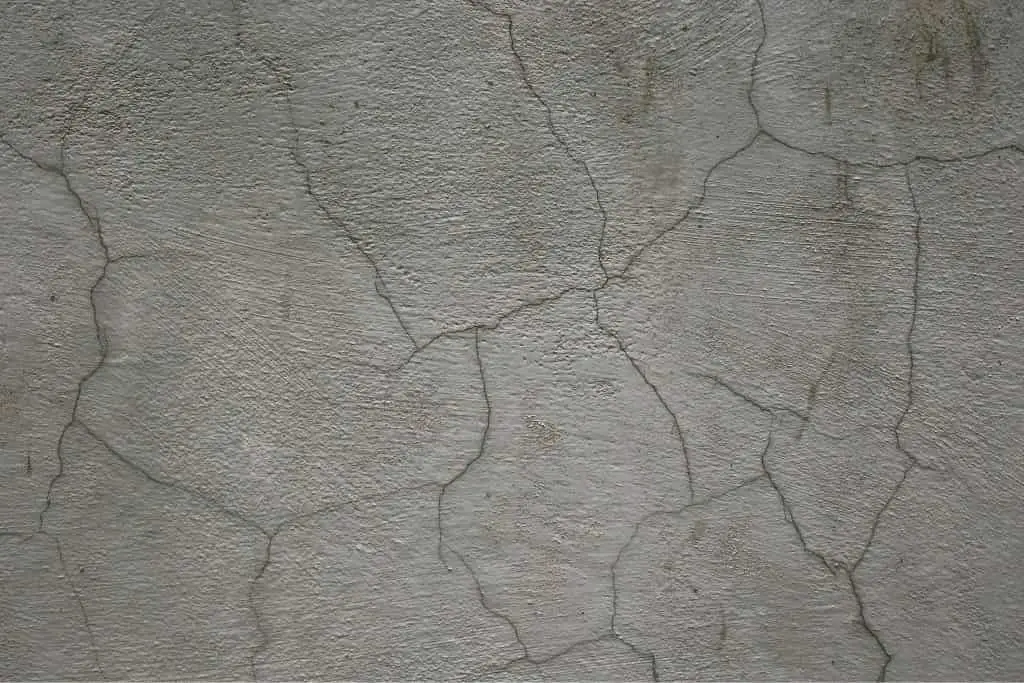
Concreting sounds straightforward. You buy the necessary, mix it all up, pour it onto the area you want concreting, and voila! Right? Wrong! Concreting takes skill, time, and the right weather conditions to set correctly; otherwise, the concrete may be spoiled by “thermal cracking.”
An effective way of preventing thermal cracks in concrete is temperature control. Temperature control can be done by adding cooling pipes to the concrete. Another method is to adjust the concrete mix and cover the wet concrete, facilitating a slower drying time that eliminates thermal cracking.
One may be tempted to use shortcuts to cut costs and time. Still, poorly executed concreting will amount to more expenses and lost time and poses a danger when the concrete starts to crack, rendering the concrete unstable and unsafe.
How To Prevent Concrete Cracking In Hot Weather
The prevention of concrete cracking in hot weather starts with proper planning. The conditions that influence the quality of hardened or freshly mixed concrete include high concrete temperatures, high ambient temperatures, low humidity, solar radiation, and wind speed.
Ambient temperatures of around 80 degrees are hot when concreting, and care needs to be taken to ensure the concrete sets properly and does not crack. On hot days, concrete containing fly ash or slag will considerably slow the setting time. Controlling the conditions as far as possible will allow the concrete to cure without cracking.
Changing temperatures have detrimental effects on the quality and curing time of concrete and need controlling. If hot temperatures are expected, pour the concrete as early in the morning as possible or leave the concrete till the early evening after the heat has subsided.
Another way of manipulating the concrete is to use admixtures. Admixtures are available in two variants, chemical and mineral, and both influence and improve the behavior of concrete to allow a better outcome in hot weather.
Chemical admixtures lower construction costs and modify hardened concrete’s properties. In addition, the product stabilizes the concrete during transport, mixing, placing, and curing, ensuring quality concrete.
Mineral admixtures make concreting more economical and increase the concrete properties and strength.
Methods Used To Prevent Concrete Cracking In Hot Weather
Apart from waiting for cooler weather or using admixtures in the concrete, there are more practical methods to apply that enable concrete to cure slower in hot weather.
One method is to add a curing compound to the concrete mix. The curing compound contains white pigment that reflects the rays from the sun away from the concrete, lowering the temperature and allowing the concrete to cure slower.
Another method is to cover the wet concrete with curing blankets to keep the concrete from drying too quickly.
A third method includes adding cooling pipes within the concrete to lower the temperatures, slowing down the curing process. Cooling pipes are required for mass concrete placements to regulate the varying temperatures within a slab.
Why Do Concrete Crack In Hot Weather?
Extreme temperature differences within the concrete and its surroundings cause areas within the concrete to cool down and set quicker than in other areas of the concrete. The difference in temperatures and curing times causes thermal cracks.
The cooler and warmer areas within the concrete shrink at different speeds and restrain even contraction resulting in cracks, and concrete needs to cure slowly and evenly for optimal strength.
Tips On Pouring Concrete In Hot Weather
If pouring concrete in hot weather is unavoidable, consider the following tips to protect the integrity and strength of the concrete and eliminate cracks.
- Always schedule concrete work as early or late as possible during the days when hot temperatures and dry conditions are present.
- Plan to keep the concrete as cool as possible. Some of the plans to implement on hot days include using shade cloth to protect the concrete from direct sunlight and spraying water on aggregates to cool them down.
- Concrete cracks if it cures too quickly. Therefore, it is essential to control water evaporation during hot days. The most crucial detail to address is to keep the moisture levels within the concrete at the appropriate levels. Therefore, it is always essential to have water available to hydrate the concrete when necessary.
- Only pour foundations after the walls and roof is completed if possible and time permits. Doing so will protect the wet concrete from the elements.
- Ensure quick handling and pouring of the concrete by having enough laborers at hand to complete the pour as quickly as possible.
- Add liquid nitrogen or ice water to the concrete mix to cool it down on hot days.
- Do not mix for an extended time after adding water to the concrete.
- Mixing and batching at the site eliminates unnecessary transport and movement of the concrete that may cause an unwanted rise in the concrete’s temperature, making it more challenging to handle.
- Be prepared and ready to receive the concrete upon delivery.
- Always wait for the water to disappear from the surface before finishing the concreting.
Concreting is arduous work; one needs knowledge, skill, and experience to finish projects timeously without any cracks forming, especially when concreting on hot days.
Conclusion
Who would have guessed that pouring concrete involves more than mixing components and letting it cure? Careful planning and execution are critical when taking on a concrete project.


